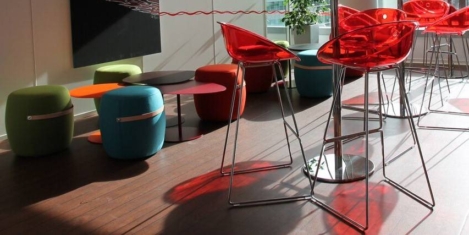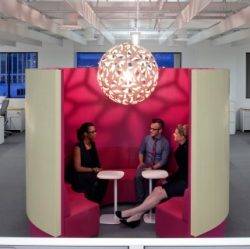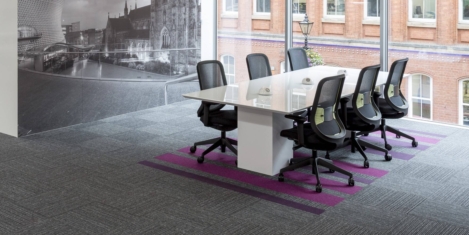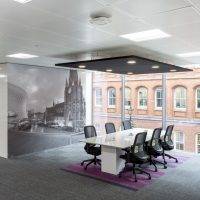October 25, 2016
How tech giant EMC standardised the design and management of its office portfolio 0
 This summer’s headlines have been full of discord, a cacophony of angry voices either directed at continental Europe, or at the Brexiters who voted for Britain to leave the European Union. But EMC, a global leader in information technology-as-a-service which has recently been acquired by Dell, is a leading light of European integration through its One Team approach to workplace management and design across Europe, the Middle East and Africa (EMEA). Over the past three years, the EMC Global Real Estate and Facilities Team (GREF), which supports more than 12,000 people in around 130 office locations across 50 countries in EMEA, has transformed from a group operating independently, to a fully-aligned team which provides a uniform and standardised approach to workplace delivery and management to enable greater business success.
This summer’s headlines have been full of discord, a cacophony of angry voices either directed at continental Europe, or at the Brexiters who voted for Britain to leave the European Union. But EMC, a global leader in information technology-as-a-service which has recently been acquired by Dell, is a leading light of European integration through its One Team approach to workplace management and design across Europe, the Middle East and Africa (EMEA). Over the past three years, the EMC Global Real Estate and Facilities Team (GREF), which supports more than 12,000 people in around 130 office locations across 50 countries in EMEA, has transformed from a group operating independently, to a fully-aligned team which provides a uniform and standardised approach to workplace delivery and management to enable greater business success.



































October 7, 2016
Are we seeing the workification of home or the homification of work? 0
by Anna King • Comment, Flexible working, Workplace design
(more…)